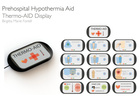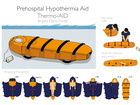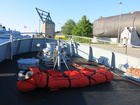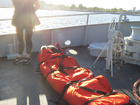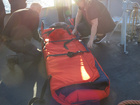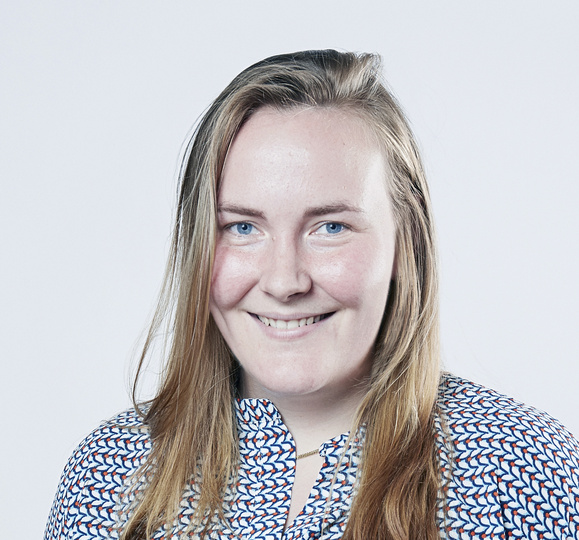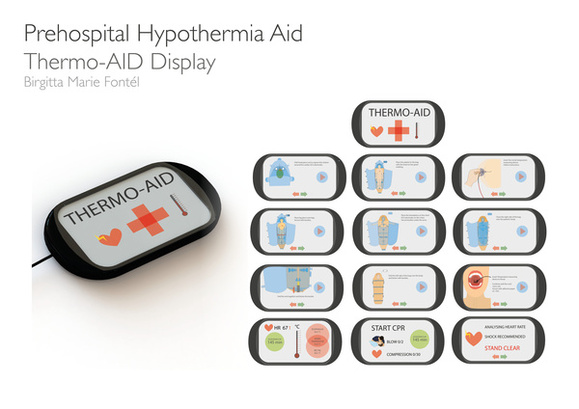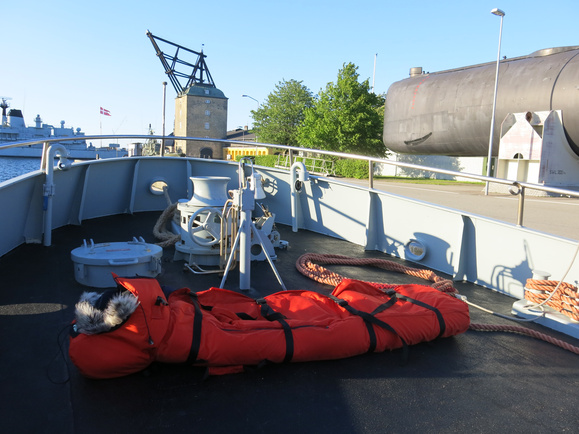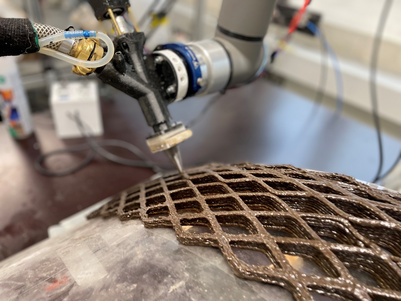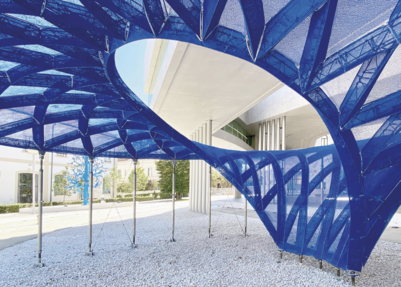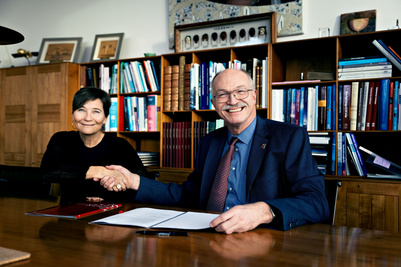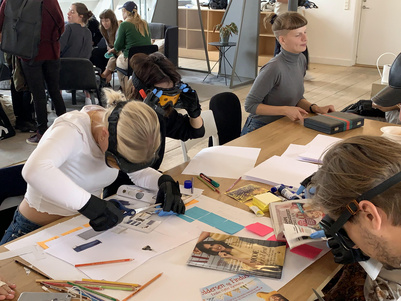Master’s Graduation Project 2015: When Design Means the Difference between Life and Death
We encounter design everywhere in our daily lives: everything from the beautifully shaped coffee cup we drink from in the morning to the elegant chair we sit in at work or the streamlined car of our dreams. But design is much more than mere aesthetics. Design can ultimately mean the difference between life and death. Birgitta Fontel devoted her final graduation project to developing Thermo-AID, an intelligent rescue pack that can provide quick and life-saving treatment for hypothermia patients. For her project, Bridget worked with Falck Denmark, UiT (The Artic University of Norway) and the Norwegian Air Ambulance Service.
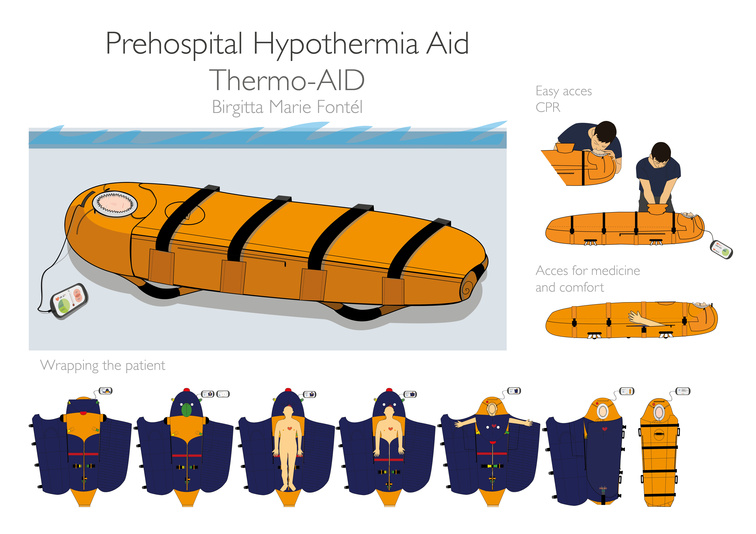
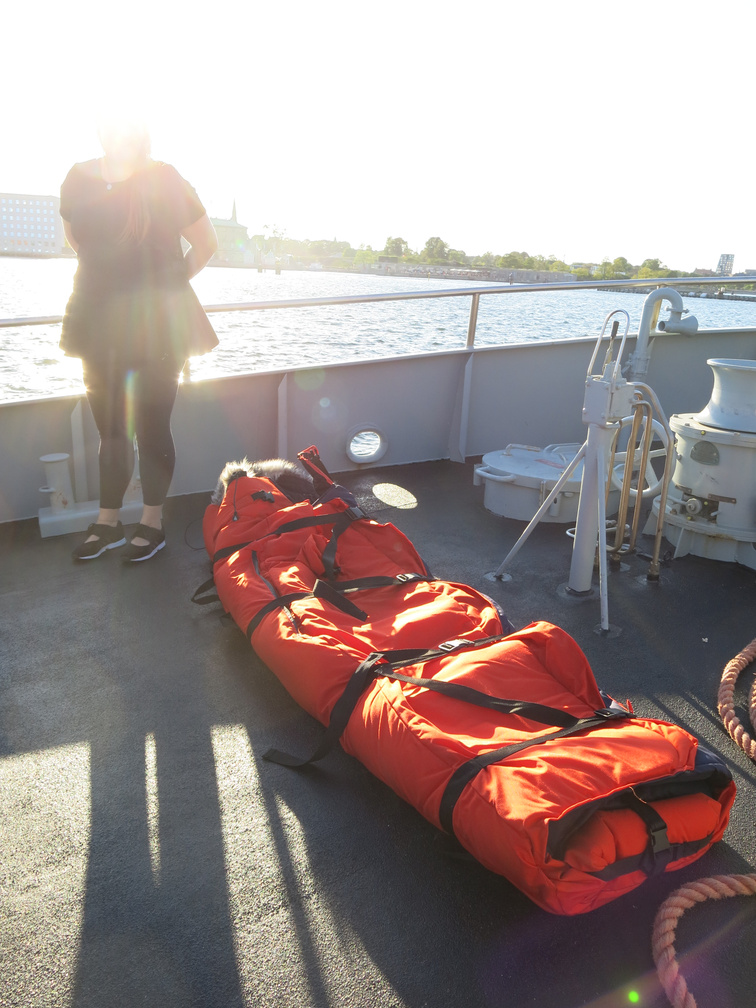
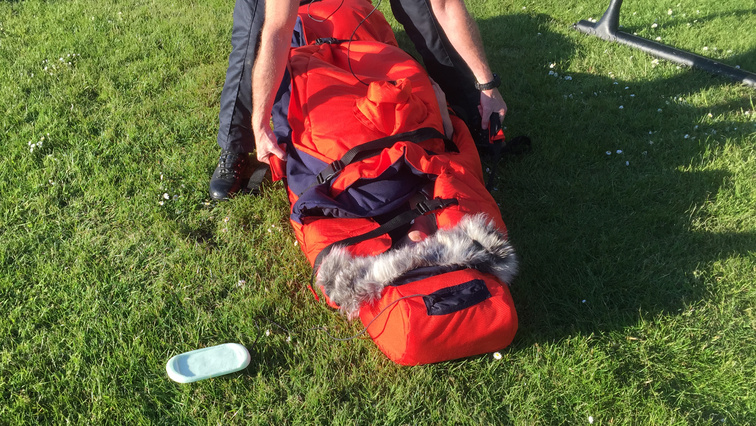
What is your Master’s graduation project about?
In the Nordic region, the cold climate, the popularity of outdoor activities and the long distances mean that hypothermia can have very serious consequences. When ambulances and hospitals are located far away, it is crucial to administer the correct treatment immediately. This is where Thermo-AID comes in.
Thermo-AID is a kind of rescue pack that stops the body cooling and begins reheating the patient. It is designed for easy and intuitive use by anyone. By monitoring the patient’s temperature and pulse, Thermo-AID can help the rescuer administer the precise treatment. The Thermo-AID pack has sections that can be opened separately, thereby enabling the rescuer to administer CPR or medical treatment, or to help to calm the patient down.
Why did you choose to work with Falck Danmark, UiT and the Norwegian Air Ambulance Service?
Working with external partners gave me access to the latest research in the field and also enabled me to understand how patients are treated for hypothermia today. During the research phase, I was able to test my ideas out on experts, and this helped me to develop a sophisticated product that is both practicable and necessary for the first-aid treatment of hypothermia in the future.
What is most fun and what things are hardest when working with design in the way that you do?
Involving the end-user in the development process was the thing that I found most fun. The users do not always know what they need, but observing the users using a prototype can provide a lot more valuable information than many hours of theoretical research. The hardest thing about working with first-aid design is that it is not always possible to test a product in the exact situation before it is used in a real emergency. But this is a challenge you have to work with. And with the right resources and conditions, a lot of things can be simulated.
What do you consider to be your greatest strength as a KADK design graduate?
My greatest strength as a KADK design graduate is that I have a wide range of knowledge and skills, yet I can still specialise in a subject I am passionate about. I have the confidence to go out into the world and try out my ideas and projects. Because I am used to working alone, I can push myself to provide the absolute best. But I have also had 5 years working in large offices, where we are used to helping each other, using each other’s knowledge and working as a team.
Where do you see yourself in 5 years?
In 5 years, I see myself working on large and exciting industrial-design projects, very possibly in the field of first-aid design. I am passionate about making a difference, but also about using form, function and choice of material to create a product that can solve a very specific problem.


